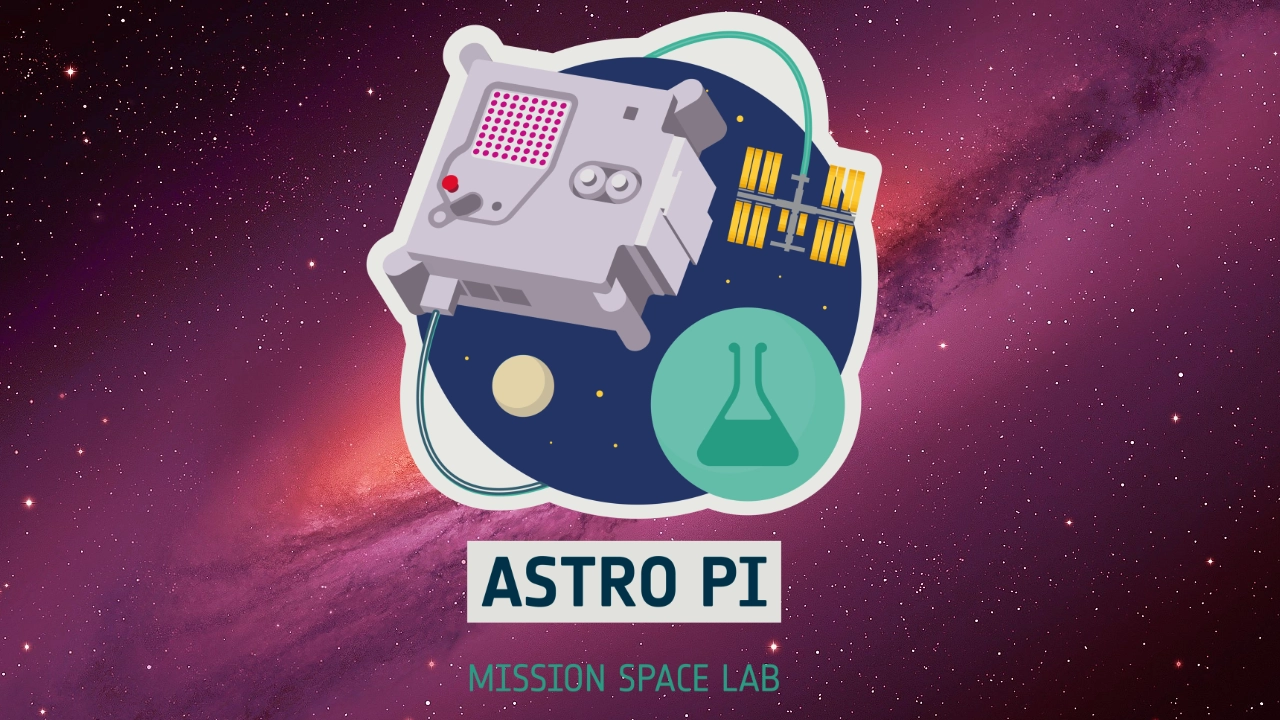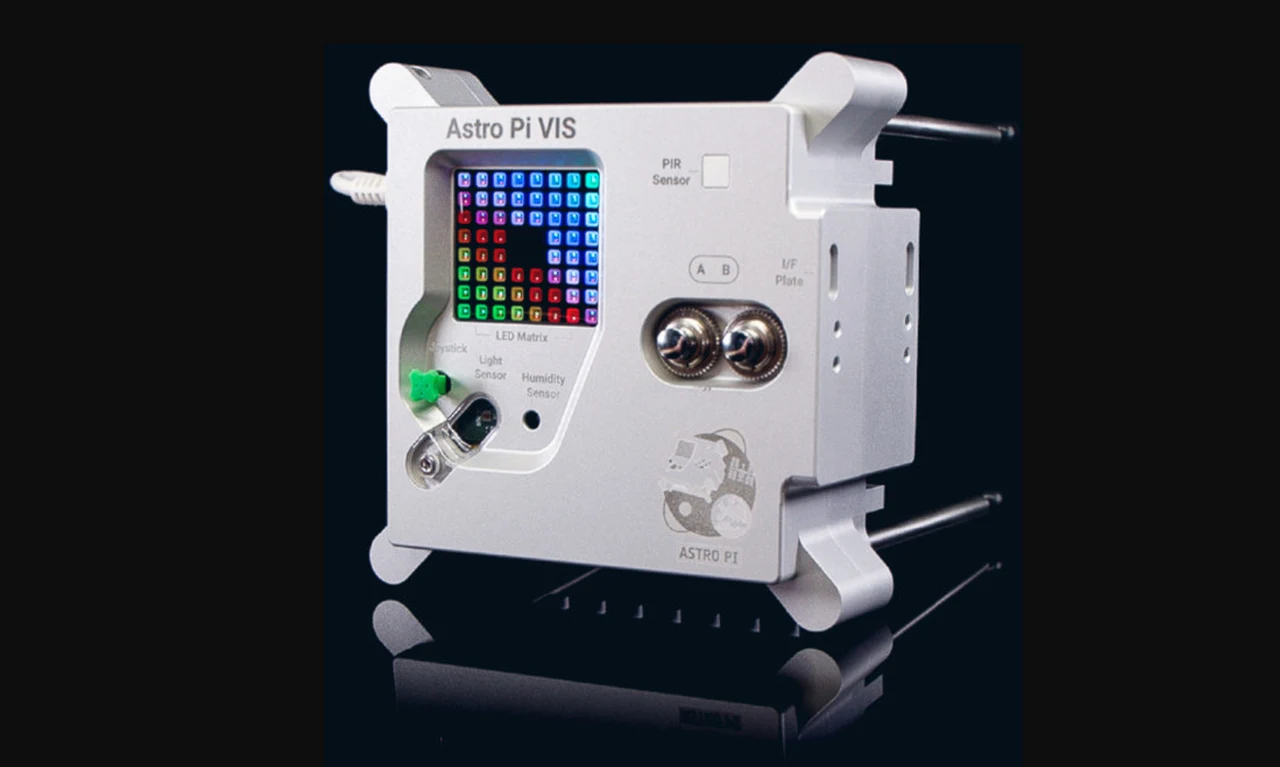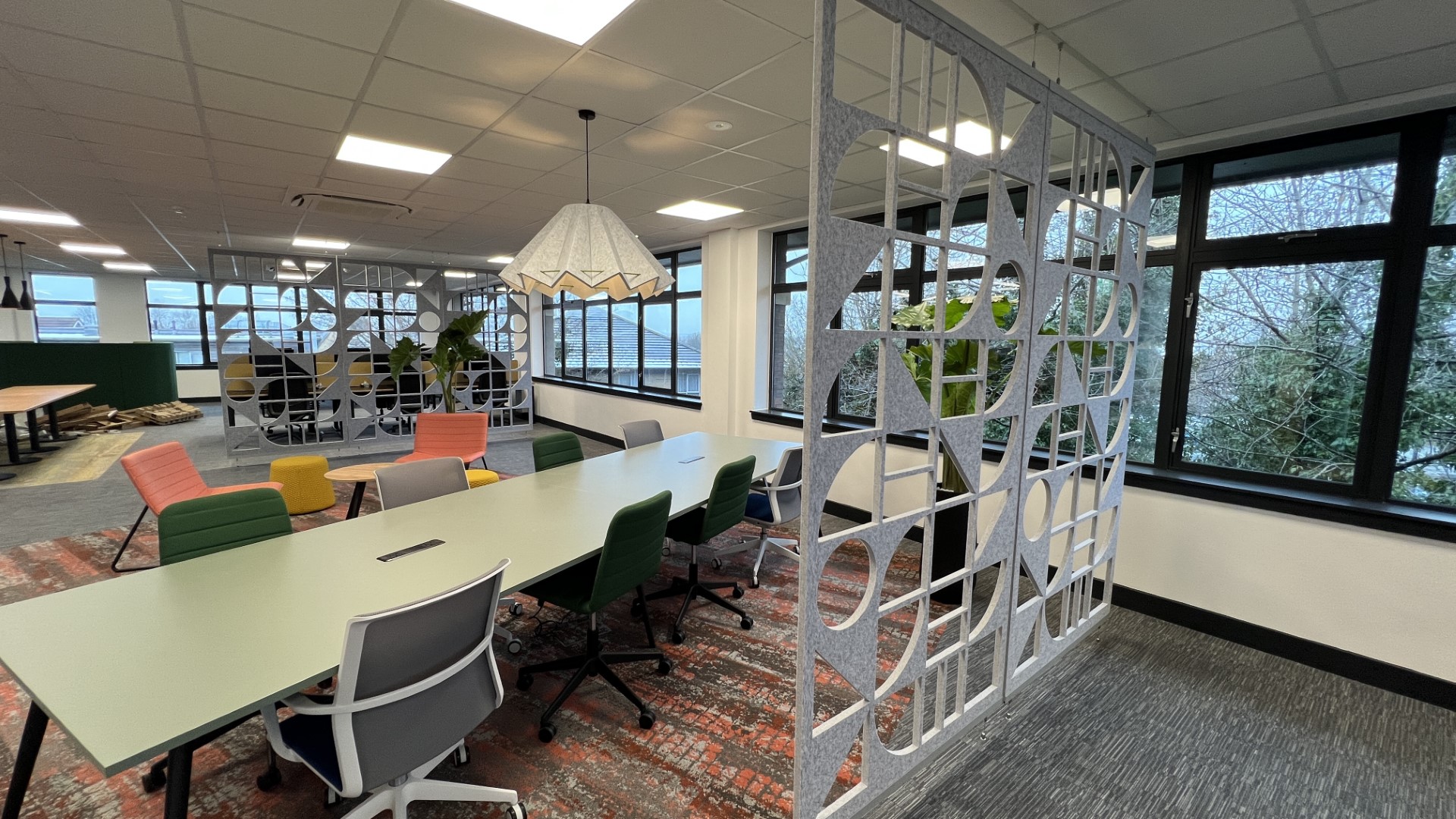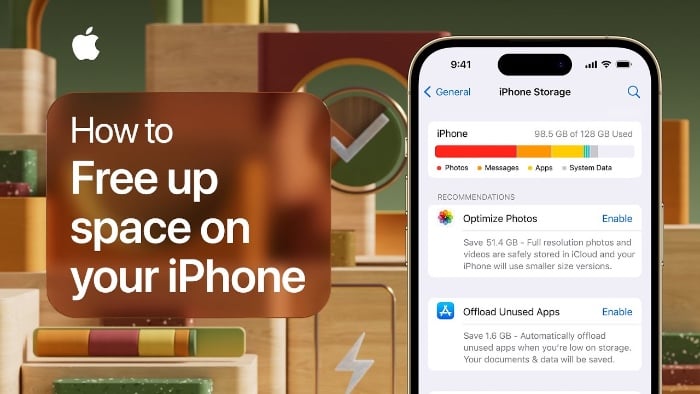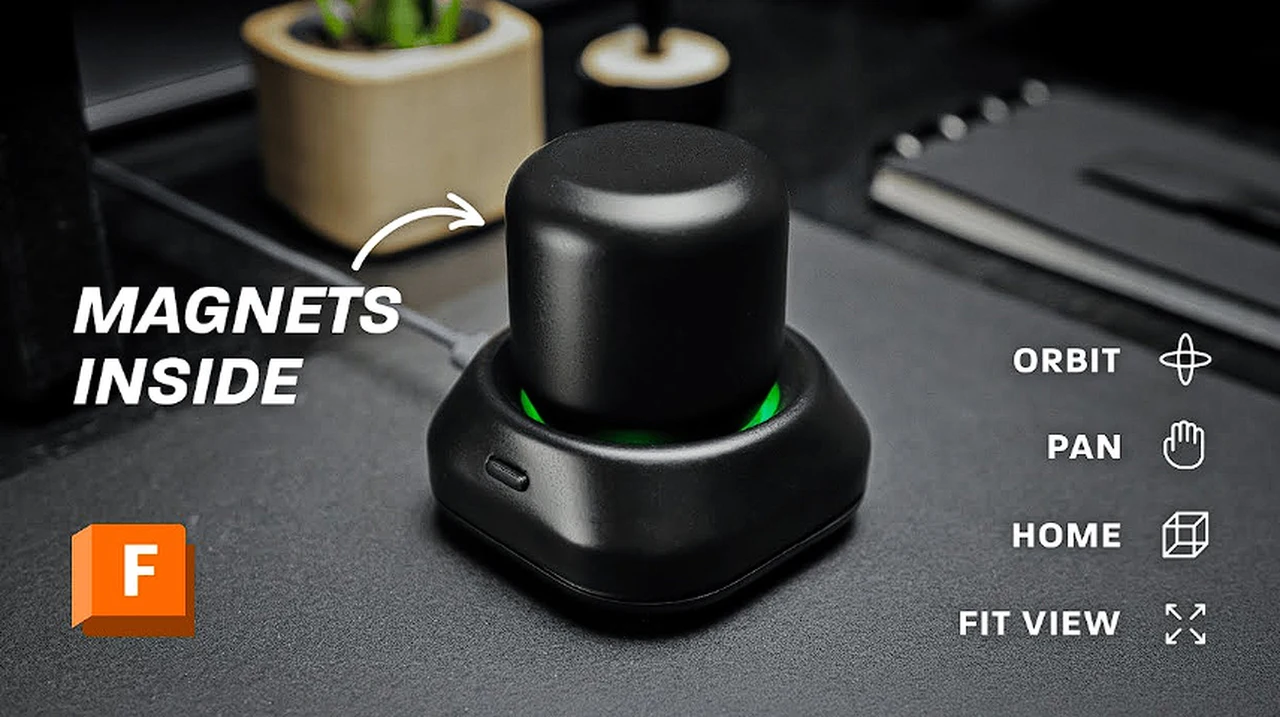
3D designers that use 3D modelling software might be interested in a unique project by Salim Benbouziyane during which a magnetic controller is created for use with Fusion 360 another CAD and modelling applications. Imagine the ease of sculpting digital models with the flick of a wrist, rotating and zooming with a finesse that feels like second nature.
For those who work with computer-aided design (CAD) software, such as Fusion 360, the ability to smoothly navigate 3D models is crucial. A new do-it-yourself (DIY) space mouse has emerged, offering an intuitive way to interact with digital designs. This innovative tool is inspired by professional-grade devices that provide complete freedom to view designs from any angle, a feature that is essential for detailed work.
At the heart of this DIY space mouse is a three-axis magnetometer, which essentially acts as a joystick. It detects magnetic fields, allowing the user to move through the digital space with precision. The magnetometer is part of a well-thought-out spring system that ensures accurate and responsive control. To keep the device steady during use, it has a weighted base filled with steel balls. The programming behind this gadget is intricate, as it involves filtering and calibrating the magnetometer’s readings. This process is what translates the physical movements into the commands that navigate the CAD software.
DIY Space Mouse magnetic controller
Creating a seamless integration between the space mouse and the CAD software was one of the project’s significant challenges. The solution was to develop custom shortcuts that could mimic mouse and keyboard actions within Fusion 360. After thorough testing of prototypes, a final version was produced. This version was encased in a 3D-printed enclosure that not only looks professional but also houses additional features such as LED lighting and shortcut buttons. These enhancements not only make the device more functional but also add to its aesthetic appeal.
Here are some other articles you may find of interest on the subject of 3D printing :
The space mouse is designed to be wireless, which means it can be used in various workspaces without the clutter of cables. Although it currently offers a high level of control, the developers are considering adding an Inertial Measurement Unit (IMU) in future models. This would provide the full six degrees of freedom that professional-grade space mice offer. The performance of the device will continue to be tested and refined. For those interested in building their own, the project files have been made available.
This custom space mouse is a shining example of what can be achieved when ingenuity meets technology. It demonstrates that with a bit of creativity, an understanding of complex concepts, and the use of readily available technology, the way we interact with CAD software can be transformed. This device is not just a tool; it’s a bridge between the physical and the digital, making the design process more fluid and natural.
Image Credit : Salim Benbouziyane
Filed Under: DIY Projects, Top News
Latest timeswonderful Deals
Disclosure: Some of our articles include affiliate links. If you buy something through one of these links, timeswonderful may earn an affiliate commission. Learn about our Disclosure Policy.


